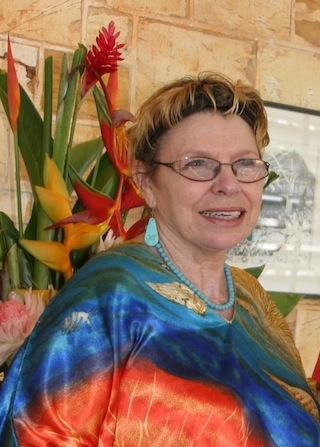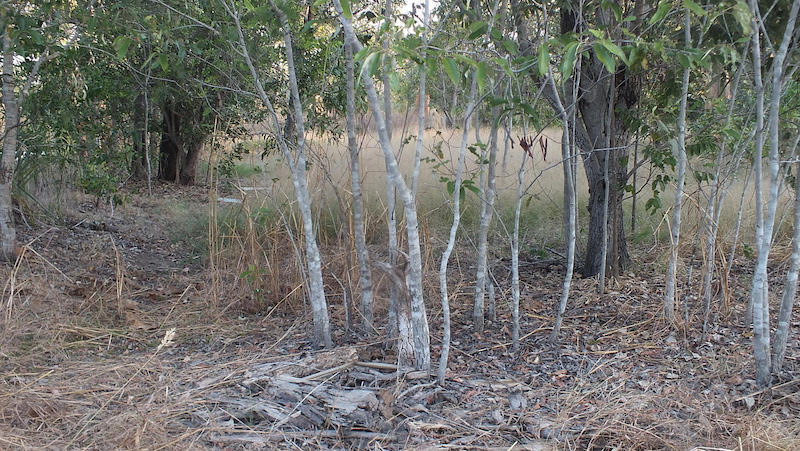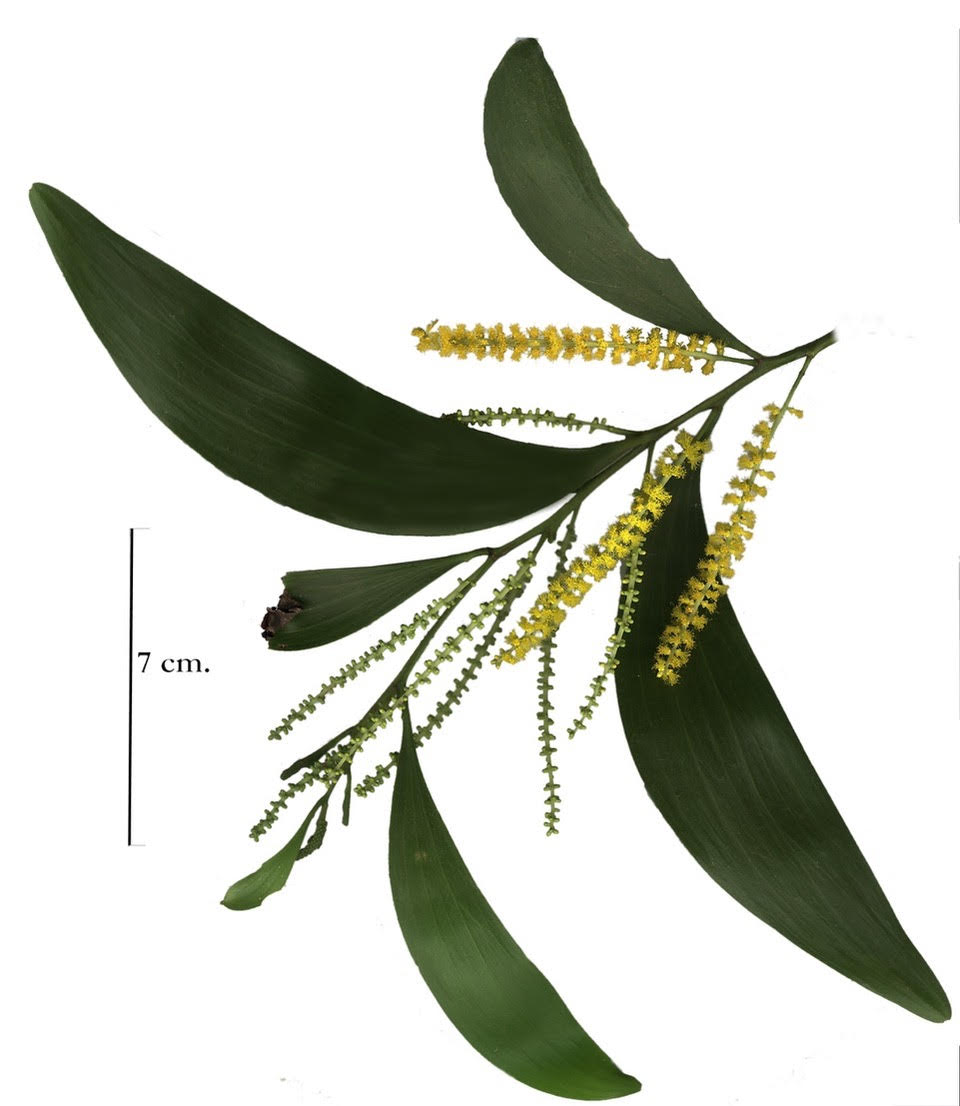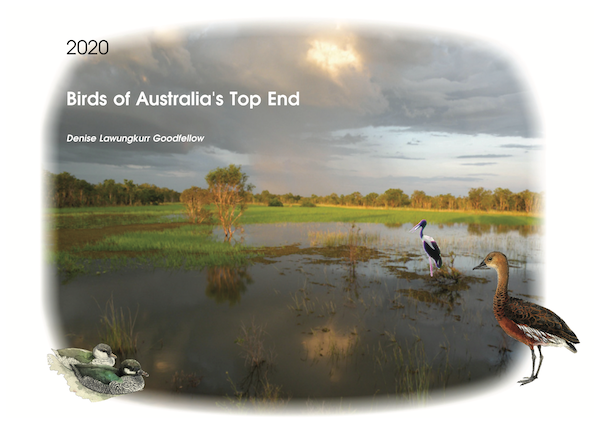 |
Welcome to Denise Goodfellow's websitewww.denisegoodfellow.comDenise Lawungkurr Goodfellow is a birdwatching/natural history guide, environmental/Indigenous tourism consultant and writer. She began guiding in 1983. Most of her clientele are well-educated, well-travelled Americans who hear of her by word of mouth. As a biological consultant she has conducted fauna surveys in the remote Top End, often solo. In 1981 she stood for Council to save mangrove habitat. Denise is a published author of books including “Birds of Australia’s Top End” - described as winning ‘top honors’ by American Birdwatcher’s Digest), and ‘impressive’ by the American Birding Association’s Winging It) - her autobiographical Quiet Snake Dreaming and Fauna of Kakadu and The Top End, which has been used as a “core text” of the University of NSW’s summer school since 2000.This information resource is published to provide you with an insight into life in Australia's Top End - in the Northern Territory - including information about how to defeat infestations of gamba grass and how to create hand sanitiser from common household ingredients. |
|
Latest news from Denise Goodfellow
Denise Goodfellow
Denise Goodfellow news updates
- Details
- In Denise Goodfellow
- /
Gamba grass (Andropogon gayanus) is a tall (4 metres high), multi-stemmed plant introduced to Australia in the 1930s as cattle fodder (Csurhes, 2005). The potential danger this grass posed was recognised early on, but despite assurances that it could be safely contained within paddocks heavily grazed by stock, gamba quickly escaped into surrounding savannah woodland (Petty, 2013) and elsewhere via “wind, water, animals and vehicles” (Beaumont, Keily & Kennedy, 2018). Now a weed of national significance gamba infests more than 1.5 million hectares of the Top End. The Top End is fast becoming a monoculture of gamba, and a ‘field of nightmares’ (Petty, 2013) for all concerned.
Gamba devastated the flora of woodland and even wetlands by crowding out trees and other plants, changing the nutrient status of the soil so that it better suits gamba than native vegetation, and fuelling wildfire so hot that even trees cannot survive - one study from Adelaide River 120 kms south of Darwin found 140 dead trees per hectare (Brooks, Setterfield & Douglas., 2010). A property near us lost 50-60% of it mature trees in one fire.
Gamba carries high-intensity crown fires more like those seen down south than the cool low fires once typical of the north. But unlike southern fires these Top End conflagrations can occur annually or ever more often (Kurucz, 2019). Every year our property southwest of Darwin Gamba won’t grow under these trees because of the saponins in their leaves is threatened at least once. Landholders have expressed both despair and fear at the amount of gamba grass infesting their land. We’re actually putting in a firegate at the east end of our property so that neighbours have an escape route should their property go up in flames. Tourists and locals alike have nearly died in gamba-fuelled fires.
Gamba won’t grow under these trees because of the saponins in their leaves is threatened at least once. Landholders have expressed both despair and fear at the amount of gamba grass infesting their land. We’re actually putting in a firegate at the east end of our property so that neighbours have an escape route should their property go up in flames. Tourists and locals alike have nearly died in gamba-fuelled fires.
- Details
- In Denise Goodfellow
- /
 Black wattle (Acacia auriculiformis) - ‘soap’ plants that have been long-used by Bininj
Black wattle (Acacia auriculiformis) - ‘soap’ plants that have been long-used by Bininj
A few months ago, a message appeared on Facebook. Posted by a family member living in Arnhem Land it told of the electrocution of a child. The women present did not administer CPR or call for medical assistance. Rather, they prayed over him.
When the coronavirus pandemic threatened there was another message from the same person, but the tone was more anxious this time. It consisted of a photograph of a woman praying and below the message in large letters that God and prayer would protect people from the coronavirus. As before several other women supported her post and they all sounded scared.
The juxtaposition of these two messages led me to fear that if COVID-19 did make it to Aboriginal settlements, prayer would be the first port of call, at least for some. An infectious diseases specialist friend has described the potential ramifications as ‘horrifying’.
- Details
- In Denise Goodfellow
- /
 A calendar depicting Australian birds from which are endangered by increasingly ferocious bushfires is helping to raise funds to support a volunteer brigade which battles these blazes near Darwin River.
A calendar depicting Australian birds from which are endangered by increasingly ferocious bushfires is helping to raise funds to support a volunteer brigade which battles these blazes near Darwin River.
Designed by bird photographer and ecotourism expert Denise Lawungkurr Goodfellow, the Birds of Australia’s Top End 2020 calendar contains pictures of birds including the Crimson Finch, the Partridge Pidgeon, the Varied Lorikeet, the Little Kingfisher and the Red-backed Fairy Wren.
Most disturbingly, the penultimate page of the calendar contains photographs of gamba grass - an African grass introduced to Australia as cattle feed - and a ferocious fire fuelled by this invasive grass. All profits raised from sales of the calendar will go to support the work of the Darwin River Volunteer Bushfire Brigade, of which Denise and her husband Michael are both members.
Denise Goodfellow has a long history of promoting environmentally sensitive tourism to the NT. This includes her role as a founding member of Ecotourism Australia, receiving nomination by Earthfoot for Condé Nast’s International Ecotourism Award in 2004 and winning the Individual Champion Award, Natural Resource Management, Northern Territory in 2016.
More News...
- Gamba grass fires up threat to tourist safety in the Top End (13 August 2019)
- Denise flies to Andes for Colombian Bird Festival (07 December 2013)
- Fat Birder brings pink stilettos to wildlife tourism (23 September 2013)
- Wildlife Tourism the topic of Top End workshop (16 August 2013)
- New bird book from ‘ratbag of the north’ (15 February 2013)
- Hawai'i - Denise Goodfellow's US speaking tour (29 June 2009)
- Virginia & North Carolina - Denise Goodfellow's US speaking tour (06 June 2009)
- North Carolina & Tennessee - Denise Goodfellow's US speaking tour (30 May 2009)
- Texas - Denise Goodfellow's US speaking tour (29 May 2009)
- Iowa & Nebraska - Denise Goodfellow's US spekaing tour (23 May 2009)
- Los Angeles - Denise Goodfellow's US speaking tour (14 May 2009)
- Tuscon - Denise Goodfellow's US speaking tour (26 April 2009)
- Los Angeles to Texas - Denise Goodfellow's US speaking tour (03 May 2009)
- Aussie eco-tourism expert wows US audiences (25 April 2009)
- Washington: Denise Goodfellow's US speaking tour (12 April 2009)




